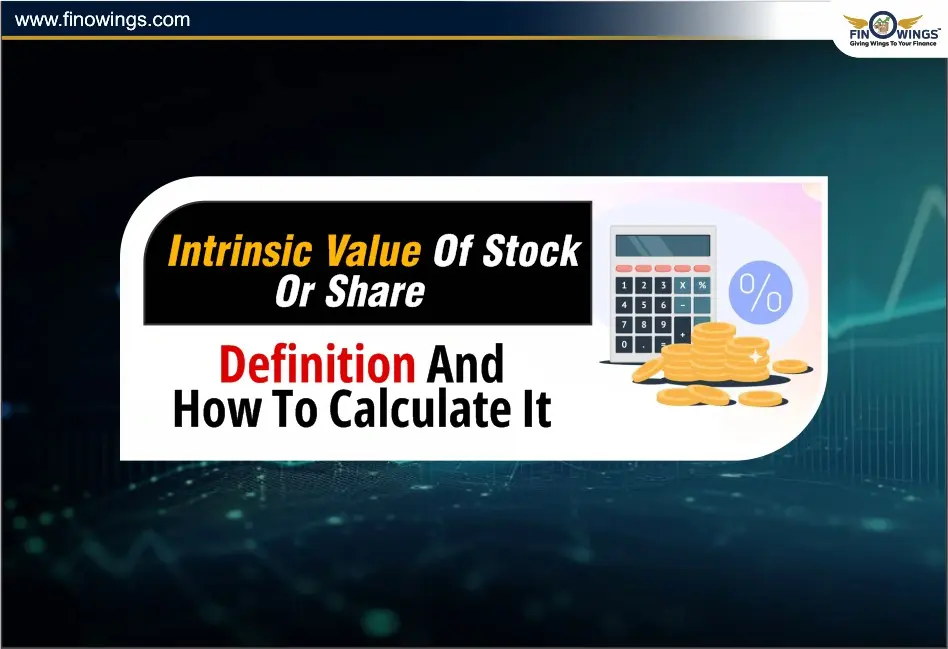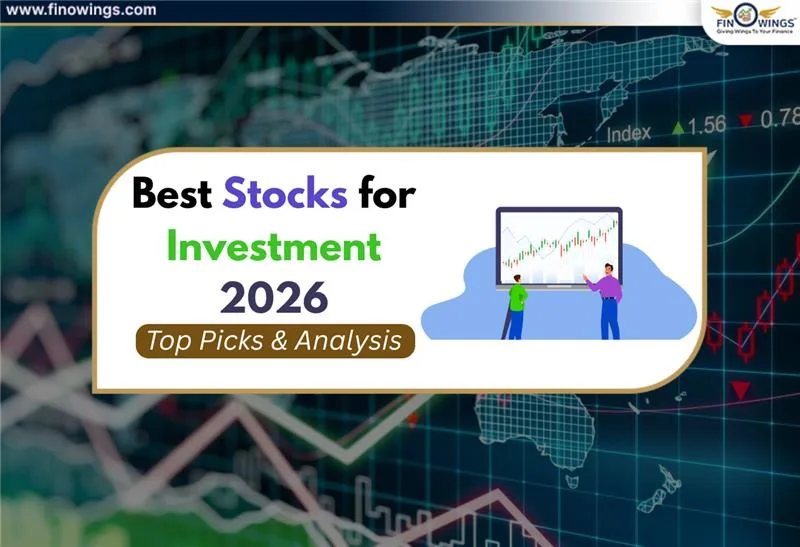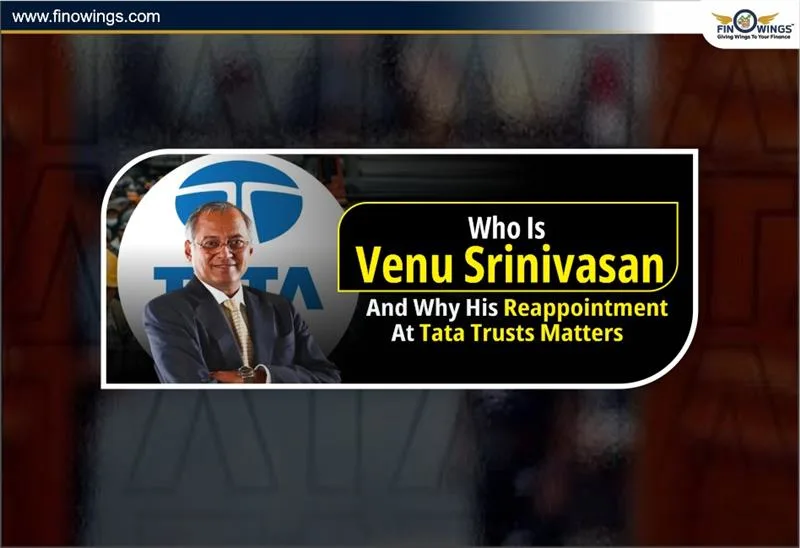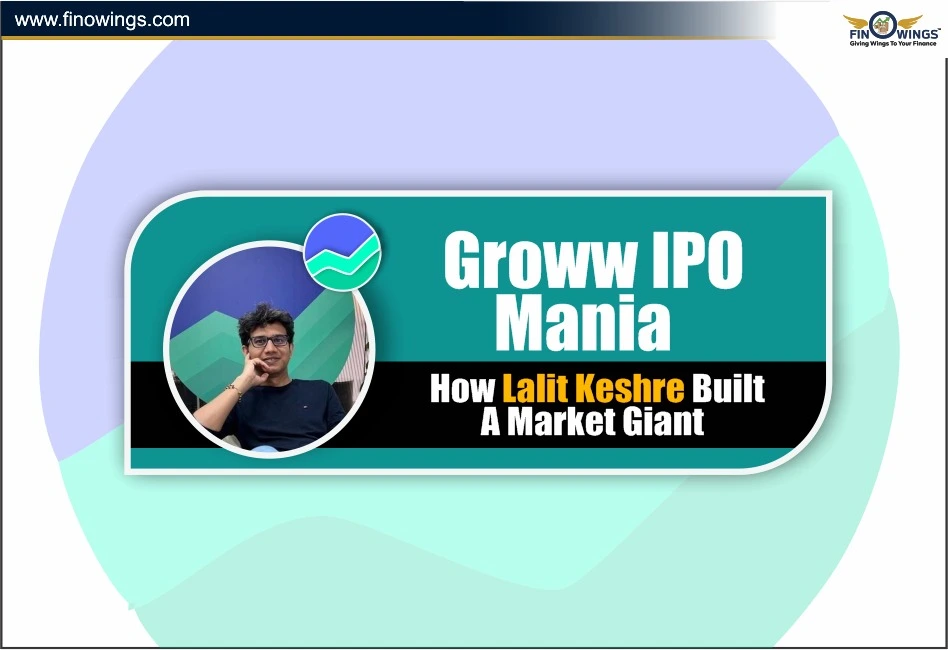Home >> Blog >> Intrinsic Value of Stock or Share: Definition and How to Calculate it
Intrinsic Value of Stock or Share: Definition and How to Calculate it

Table of Contents
- Intrinsic Value- Introduction
- What is Intrinsic Value? or Define Intrinsic Value
- Why is Intrinsic Value Important?
- How to Calculate the Intrinsic Value of a Stock
- Intrinsic Value Vs Market Value
- Risks Associated With Stock Intrinsic Value
- How to Reduce These Risks?
- Important Things to Consider
- Conclusion
Intrinsic Value- Introduction
Intrinsic is a term that you would have come across if you are an investor or a person associated with the stock market. But how can we define intrinsic value? To put it in simple terms, a share can have an intrinsic value or a market value, and intrinsic value is the ‘true worth a company’s share can achieve’.
In this blog, you will learn:
-
What is the intrinsic value of a stock?
-
Importance for investors?
-
Formula to calculate intrinsic value
-
How to calculate intrinsic value in the easiest way possible.
What is Intrinsic Value? or Define Intrinsic Value
Intrinsic Value is the actual value of a stock that can be derived mathematically. Intrinsic Value is grounded in the company’s fundamentals, future profits, and the business cash outflows, and certainly not the market value.
Example:
If a stock is available at Rs. 200 in the stock market, but its intrinsic value is Rs. 250 based on intrinsic value calculations, then the stock is considered to be undervalued. It's safe to say that it is a potential stock to purchase.
If intrinsic value is computed to be Rs. 150, then the stock is considered to be overvalued.
Why is Intrinsic Value Important?
-
It is beneficial in identifying potential undervalued stocks for long term investment.
-
It saves you from purchasing overvalued stocks.
-
It instills discipline to make careful investment choices instead of herd investing.
-
It is the backbone of value investing, which Warren Buffett is known for.
How to Calculate the Intrinsic Value of a Stock
The most popular approaches to calculating intrinsic value include:
1. Discounted Cash Flow (DCF) Method
The simplified technique is the most commonly known and applied.
Formula:
CF = Expected future cash flows of the company
r = Discount rate (required rate of return)
n = Number of years
To put it simply, estimating a company's future cash flows, calculating their present values, and then adding them together will determine its intrinsic value.
2. Dividend Discount Model (DDM)
DDM is used for firms that pay dividends.
Formula:
D = Expected annual dividend per share
r = Required rate of return
g = Dividend growth rate
Example, dividend paid per share is Rs. 10, growth expected is 5%, required return is 12%:
3. Earnings Multiplier / P/E Ratio Method
This is the simplest method that relates earnings per share (EPS) and expected growth.
Formula:
Assuming a company has EPS = Rs. 20 and a justified P/E ratio of 15,
IV = 20×15 = Rs. 300
4. Asset-Based Valuation
Here, intrinsic value = (Total Assets of the Company – Total Liabilities) ÷ No. of Shares
It’s easier to understand, but it’s much more effective for companies whose value is tied to physical assets, such as real estate, banking, and manufacturing.
Intrinsic Value Vs Market Value
Below is the list of difference between market value and intrinsic value.
|
Factor |
Intrinsic Value |
Market Value |
|
Meaning |
The worth of a stock is determined by fundamental analysis |
The price at which the stock is available for trading |
|
Basis |
Value of the company regarding its earnings, assets, growth, cash flows & more |
Based on demand & supply, market sentiments, and the news |
|
Stability |
More stable, does not change much throughout a period |
Changes on a daily basis, more volatile |
|
Investor Use |
Determine if the stock has been undervalued or overvalued, which is useful for buying/selling |
Shows the price at which the stock is available for buying or selling |
Risks Associated With Stock Intrinsic Value
Assumption Risk
-
Forecasting future cash flows, growth rates, discount rates, and dividends is necessary to calculate intrinsic value.
-
One intrinsic value estimate can be very different from reality if the necessary assumptions are incorrect.
Market Concentration Risk
-
The value of a stock can vary from its intrinsic value if the market determines its value to be low and is optimistic.
-
Investor emotions and irrational behaviour (bulls and bears) can also contribute to the unequal portions of a stock. Silence can also kill a stock.
Market Sentiment Risk
-
No company exists in a vacuum.
-
The economy, recession, or government policies can directly affect intrinsic value determination.
Lack of Calculation Fundamentals
-
The discount cash flow (DCF) method, for instance, requires a great deal of information and can be considered sensitive.
-
Changes in the figure can lead to a big difference in the terminal intrinsic value, thus lowering its overall value.
-
Having primary data for cash flows and earnings, especially for a new company or a start-up, may be difficult.
Dynamic Business Conditions
-
Every firm must adapt to changes in regulations, customer behavior, competition, technology, etc.
-
Today's valuations could not hold up tomorrow.
How to Reduce These Risks?
-
Do not single out one approach (DCF, P/E ratio, Asset-based) to valuation. Use all of them.
-
Invest with a margin of safety. Buy only if intrinsic value is at least 20-30% higher than market price.
-
Periodic review of intrinsic value is a necessity, especially with new financial data.
-
Do not overlook qualitative factors such as management, brand value, competitive advantage, etc.
Important Things to Consider
-
Intrinsic value is not a real figure, it is an estimate.
-
Prior to investing, always examine the market price and intrinsic worth.
-
Purchase the stock when its intrinsic value exceeds 20-30% of the market price in order to maintain a margin of safety.
-
Employ varied techniques to enhance precision.
Takeaway Points
Buy when Intrinsic Value > Market Price (undervalued).
Don’t when Intrinsic Value < Market Price (overvalued).
This simple approach may save you from losing money and, eventually, build sustainable wealth.
Conclusion
A stock's intrinsic value is comparable to the actual price tag of a company's stock. Unlike market pricing, which often fluctuates daily, intrinsic worth is determined by the company's strength and growth potential. A prospective investor must carefully consider the intrinsic value in relation to the market price before making an investment.
Explore Cup and Handle Pattern
Disclaimer
This blog is NOT any buy or sell recommendation. No investment or trading advice is given. The content is only for educational purposes. Always discuss with your SEBI-registered financial advisor for investment-related decisions.
Author
Frequently Asked Questions
When the intrinsic value is less than the market price of the stock, it shows a buying prospect and when the intrinsic value is higher than the market price, it shows a selling prospect.
If intrinsic value is greater than the market price, then the stock is considered undervalued.
A company is considered undervalued if its intrinsic value exceeds its market price.
For long-term investors in particular, investing in cheap equities can yield significant returns. Investors can purchase shares of these stocks for less than their true value.



















